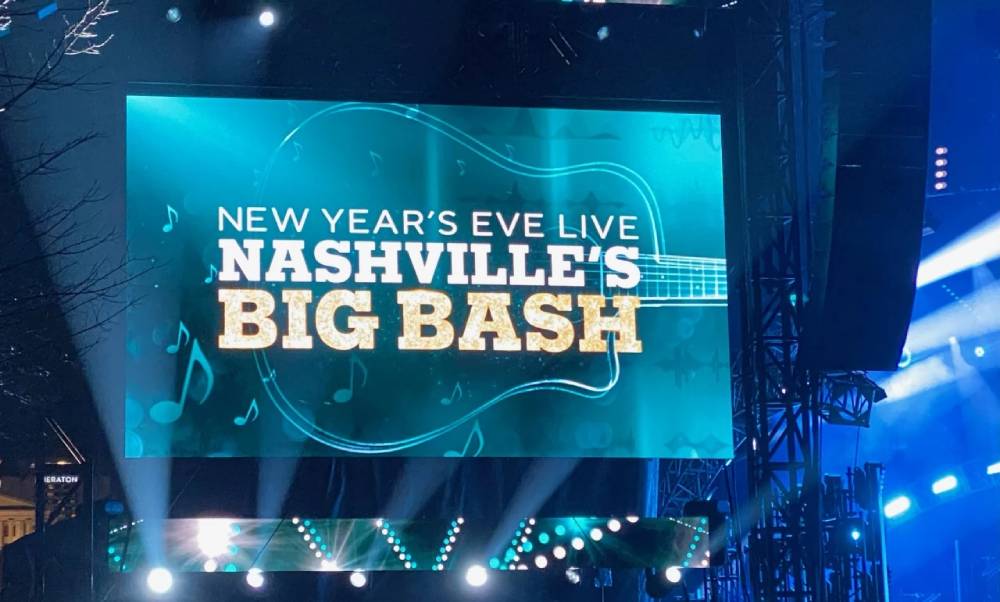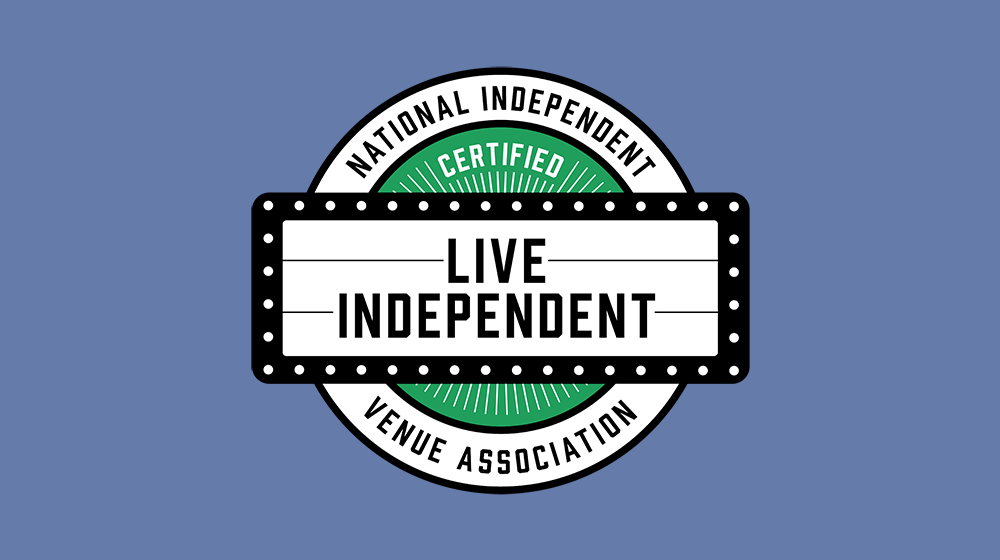WASHINGTON D.C. (CelebrityAccess) — On Wednesday, the United States Supreme Court heard arguments in a case involving the late artist Andy Warhol and Prince that could have enormous implications on copyrights and licensing for a wide range of artists.
The Case, Andy Warhol Foundation Inc. V. Goldsmith, centers on a series of iconic silk screen prints of the late rock icon Prince created by famed visual artist Andy Warhol in 1984.
The silk screen was based on a photo taken by the noted photographer Lynn Goldsmith for Newsweek in 1981. Goldsmith had been commissioned Newsweek to photograph Prince, who was then just coming into his own as an artist, and she took a series of photos that included both studio photos and concert shots.
While Newsweek ultimately only published the concert photo, Goldsmith kept the studio images, which she later licensed to Vanity Fair who provided it to artist Andy Warhol to use as a model to create an illustration of Prince for the magazine.
However, Warhol used the image as the basis for a series of 16 Prince silkscreens, which he copyrighted, and one of which Vanity Fair used for the article.
Since then, the original silk screens have been sold and reproduced, generating hundreds of millions of dollars in revenue.
After Prince died in 2016, Vanity Fair’s parent company, Conde Nast, staged a tribute, “The Genius of Prince,” which featured a range of his iconic photos. As part of the tribute, they paid $10,250 to the Andy Warhol Foundation to run one of the silk screens, known as “Orange Prince” on the magazine’s cover.
Despite having taken the original photo, Goldsmith was not compensated and received no credit when the 2016 cover was published and eventually took the foundation to court, claiming Warhol had infringed on her copyright and that she is potentially owed millions in licensing fees and royalties.
The foundation argued that Warhol’s work with the images substantially transformed them into an original work of art, removing his torso, changing the orientation of Prince’s face, and adding new details and colors to the work, which was originally in black and white.
A federal district judge agreed with the foundation, finding Warhol’s changes to the work to be sufficiently “transformative” to merit a fair use argument but the ruling was overturned on appeal, paving a way for the case to be argued in front of the United States Supreme Court.
No matter how the Supreme Court rules, the outcome will have an impact on the legal concept of Fair Use in art. The case has drawn more than a dozen ‘friend of the court briefs’ from both sides of the divide, including the Electronic Frontier Foundation, the Recording Industry Association of America, the Motion Picture Association of America, the Digital Media Licensing Association, and Dr. Seuss Enterprises, to name a few.
On Wednesday, the Supreme Court heard 70 minutes of oral arguments on the case which may shift the balance of power towards the copyright owners and further limit fair use in everything from artificial intelligence to sample driven music.
The high court is expected to issue a ruling early next year.





























